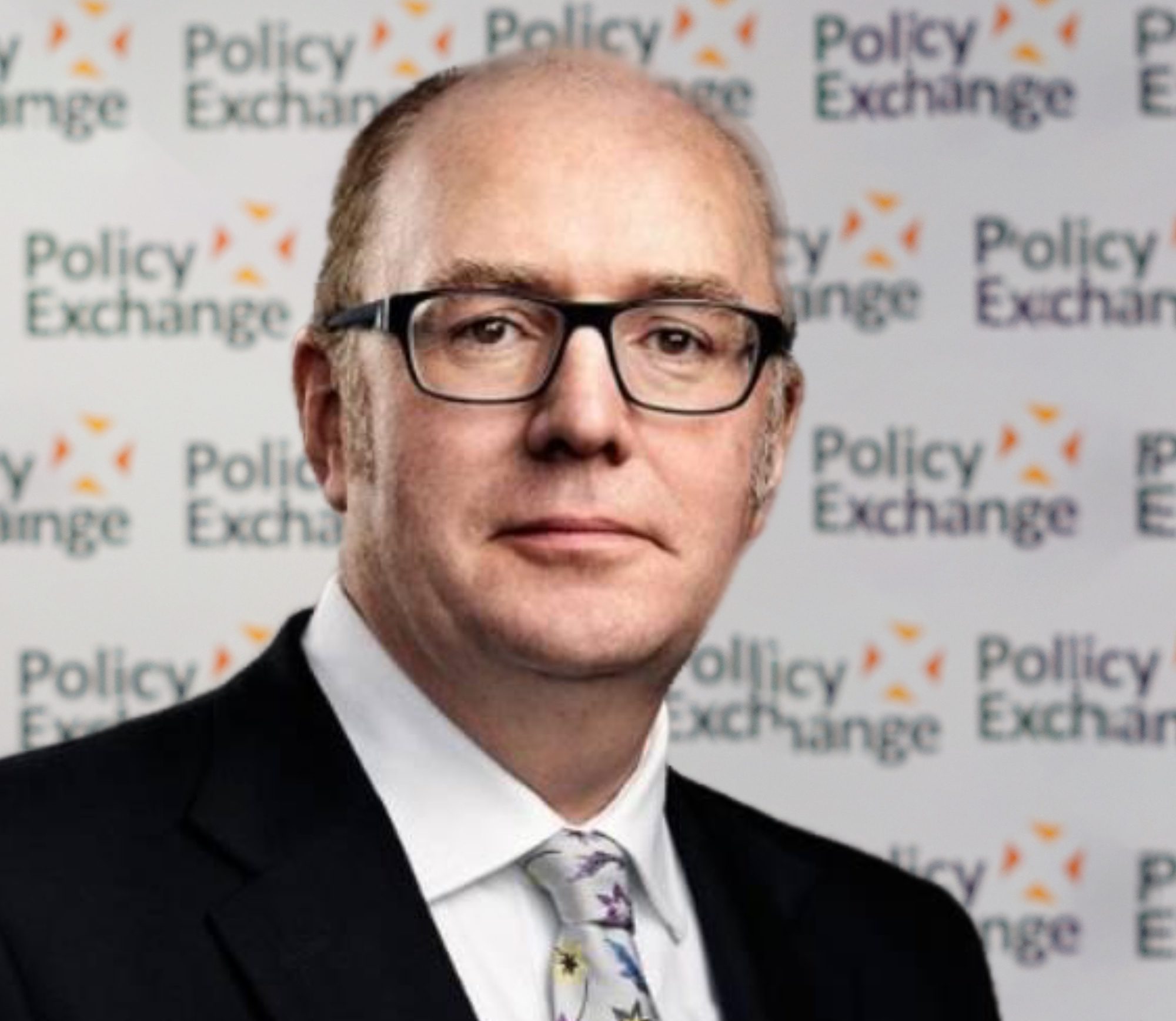
Gerard Lyons
Senior Fellow
Policies, not parties, is the focus of attention of the foreign exchange markets, as they look at the UK. It raises the question: what will happen to sterling this year?
The thinking at the beginning of the year was that it will strengthen, but more than a handful are worried about how the UK economy will cope with imminent policy tightening, and whether a weaker pound or even a sterling crisis may be the ultimate outcome.
I am not saying that there will be, but it is important to appreciate how sentiment can change – not just politically but economically – and, if it does, whether this should worry us or be welcomed?
It is always important for an economy to have a shock absorber for when it enjoys a series of good news, or instead is hit by a surprise. Sterling can often perform that role.
Historically, some key years stand out when it comes to sterling. In particular: 1931, 1949, 1967 and 1992, with each seeing a major devaluation.
In September 1931, the UK left the gold standard, having re-joined it in 1925 at its pre-war parity of $4.86. Less than a month earlier, the minority Labour Government which made the change had been replaced by a National Government, and a month later, in October 1931, the Conservatives won a landslide victory in the general election. The pound’s fall was a factor in the result and key to the economy’s subsequent rebound.
In 1949, the UK joined nine other countries in devaluing on the same day, with Stafford Cripps, who was then the Chancellor, overseeing the decision to devalue from $4.03 to $2.80.
Then, in November 1967, balance of payments problems led Jim Callaghan, then Chancellor, to announce a devaluation from $2.80 to $2.40, with Harold Wilson telling the nation, in a famous televised address that this “does not mean, of course, that that pound here in Britain, in your pocket, or purse, or in your bank, has been devalued.” But of-course it had! Despite devaluation, subsequent austerity under Roy Jenkins, the new Chancellor, restrained the economy and contributed to Labour’s 1970 defeat.
In 1971, the end of the Bretton Woods system saw sterling join other currencies in moving to free floating. The pound fluctuated greatly and its performance figured prominently in Margaret Thatcher’s early years.
From 1979-1982 it soared – which was part of the policy to curb inflation, albeit at a high cost in terms of a loss of competitiveness and deindustrialisation. By early 1985, though, as US interest rates rose, sterling fell to close to parity against the dollar, almost triggering a political crisis for the Prime Minister.
Then, of course, there was the September 1992 and the ill-named Black Wednesday when, five months after winning a general election, John Major saw sterling collapse as it was forced out of the Exchange Rate Mechanism (ERM). Both the devaluation and the subsequent cuts in interest rates that were now possible outside the ERM allowed the economy to rebound strongly. Despite this, the political fall-out from Black Wednesday proved unsurpassable in the subsequent 1997 general election.
This century, the pound has depreciated twice: once post the 2008 global financial crisis, and following the 2016 EU referendum. Its fall in the latter case was exacerbated by the fact that it was widely seen as over-valued at the start of 2016, and it had appreciated further ahead of the June vote.
What of now? The pound and UK assets have been cheap for some time, contributing to the M&A boom and to a shift in recent sentiment. While equity markets globally have been weak this year, the FTSE 100 has seen a more solid performance. The pound has benefited this year from expectations of higher UK interest rates. In turn, while there are still net speculative short positions against sterling, these are much fewer than at times in the past.
Sterling is cheap partly because of the UK’s poor trade position. John Mills has put a strong case for a devaluation to help restore manufacturing competitiveness and correct our large trade deficit. The trouble, though, in a competitive global economy, is that we can compete on quality as well as price.
If we focus solely on price, someone, somewhere, will do it cheaper. We need more investment to help address the quality – and productivity – challenge. This is both a decades-long challenge, and a nationwide one too, with last week’s Levelling Up White Paper noting that, “only 7 of the 41 subregions (of the UK) spends more than the OECD average” on research and development.
The other factor contributing to sterling’s weakness has been a failure by the Government to overcome the misplaced international wariness of Brexit. This offers a big opportunity.
During the coming months, interest rate differentials will play an important role, as many countries exit their cheap money policies. Financial markets will focus on the speed, scale and sequencing of monetary tightening.
The speed is how quickly interest rates rise, the scale by how much; the sequencing is how rate hikes are combined with a reversal of printing money through Quantitative Tightening. Last week, the Bank raised rates from 0.25 per cent to 0.5 per cent and signalled more to come. Rather than reassuring, its recent inability to communicate effectively with the markets gave the impression of moving from complacency to panic.
While most countries have been hit by rising inflation, the scale of the UK’s imminent cost of living squeeze may be more severe than most. That is because there are three components to it: higher inflation, a huge rise in energy costs and significant tax increases.
It is this imminent tightening of both fiscal and monetary policy that has alarmed some in the markets, and raises questions about the outlook for sterling in a few months’ time. While higher rates now may help the pound, the worry is what will happen to the economy.
In a nutshell, the issue is that tightening monetary and fiscal policy at the same time – and when peoples’ incomes are about to be hit hard by higher energy prices – could force the economy to a stuttering halt. Thus, it might then need a boost from a weaker pound.
Of course, the Bank could pause their tightening. That though, may mean interest rates rise less than the market expects, and it is unclear whether that would help sterling. Meanwhile, the tax hikes seem unlikely to be reversed.
I thought the GMB trade union’s recent comments on higher energy bills were interesting. They have called on the Government to shift the £10 per week green levies on energy bills into general taxation. Effectively, their argument is that it is a modern-day version of an energy poll tax, not linked to peoples’ ability to pay. Overall, consumer spending should suffer.
The markets aren’t worried, it seems, about the political fall-out, but that could change, and uncertainty rarely helps a currency.
International investors, too, are wondering what the Government’s vision is. The fact that last week’s Levelling Up White Paper contained the word ‘government’ 861 times but only ‘market’ 80 times is indicative of a policy framework that may not be conducive to growth or seizing market-driven investment opportunities.
It is in this context that a sterling devaluation may yet prove to be the economy’s shock absorber. The trouble is financial markets often look for immediate solutions, and this would not provide a longer-term answer to present economic policy challenges.


